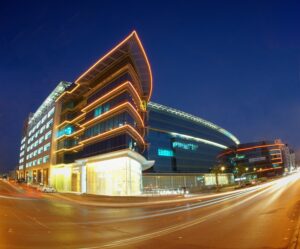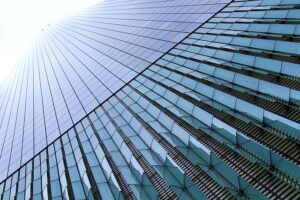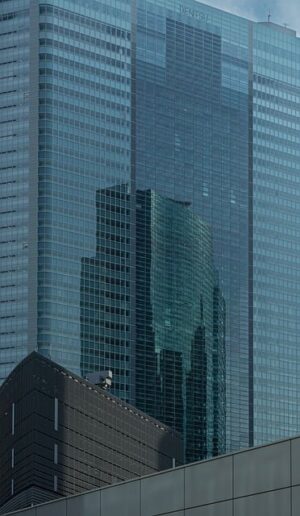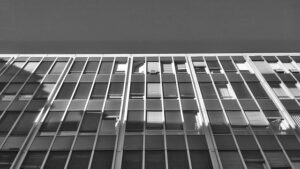Commercial destratification fans are key tools in modern facility management, addressing temperature uniformity issues in large buildings by disrupting warm air rise near ceilings. This improves circulation and energy efficiency, creating comfortable working environments while reducing heating costs. Remote-controlled models offer strategic ceiling installations, time-saving adjustments via smartphones, and enhanced safety for on-site maintenance, further optimizing HVAC systems. Case studies show successful transformations in commercial spaces, demonstrating reduced heating costs and improved comfort. The future includes IoT integrations for real-time control and precise zone optimization.
Remote-controlled commercial destratification fans are transforming facility management by offering unparalleled efficiency, safety, and accessibility. This cutting-edge technology allows for precise control over air circulation, enhancing indoor environmental quality and optimizing energy usage. In this article, we’ll explore the crucial role of commercial destratification fans in modern facilities, delve into the advantages of remote-controlled systems, and examine real-world case studies across diverse industries. Prepare to discover how these innovations are revolutionizing facility management.
- Understanding Commercial Destratification Fans: Their Role in Facility Management
- Benefits of Remote-Controlled Systems for Efficient Facility Operations
- How Remote Control Enhances Safety and Accessibility
- Case Studies: Successful Implementation in Various Industries
- Future Trends: Innovations Shaping Remote Commercial Fan Control
Understanding Commercial Destratification Fans: Their Role in Facility Management

Commercial destratification fans play a pivotal role in modern facility management by addressing a critical aspect of indoor environment control—temperature uniformity. In large commercial buildings, office spaces, and retail stores, heat tends to accumulate near ceilings due to the natural movement of warm air. This creates zones of discomfort and inefficiency, leading to elevated heating costs.
Destratification fans, strategically installed in ceiling installations, disrupt this stratified air pattern by enhancing air circulation systems. By circulating air more effectively throughout the space, these fans promote energy efficiency and contribute to HVAC optimization. The end result is improved temperature uniformity across the entire workplace, enhancing comfort for occupants while also reducing heating cost reduction significantly.
Benefits of Remote-Controlled Systems for Efficient Facility Operations
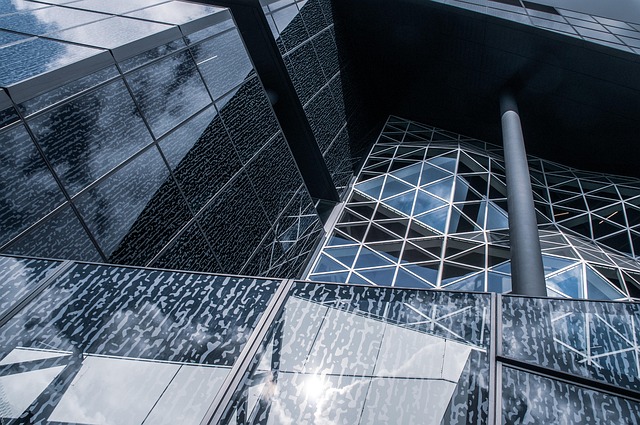
Remote-controlled commercial destratification fans are transforming the way facilities are managed. These advanced systems offer a multitude of benefits, enhancing overall efficiency and workplace comfort in commercial buildings, office spaces, and retail stores alike. By enabling remote operation, facility managers can effortlessly adjust settings from the comfort of their desks, eliminating the need for manual adjustments. This not only saves time but also ensures consistent temperature uniformity throughout the space.
Moreover, these destratification fans are designed for ceiling installation, strategically circulating air to optimize HVAC (heating, ventilation, and air conditioning) systems. This results in improved energy efficiency, significantly reducing heating cost reduction without compromising on comfortable indoor environments. The remote-controlled nature allows for precise control over air circulation systems, contributing to a more productive and satisfying workplace experience.
How Remote Control Enhances Safety and Accessibility

Remote control functionality in commercial destratification fans brings significant safety and accessibility advantages to facilities management. With traditional models, adjusting or servicing these fans often required on-site presence, introducing potential risks for maintenance staff in large or confined spaces. Remote controls eliminate this hazard by enabling operators to manage fan settings from a safe distance, using smartphones or tablets. This is especially beneficial in high-ceilinged commercial buildings, office spaces, and retail stores where ceiling installation and access can be challenging.
Moreover, remote control enhances operational efficiency. Facility managers can now adjust air circulation systems, including temperature uniformity and energy-efficient settings, remotely and instantly. This capability translates to reduced heating cost and improved workplace comfort in both office spaces and retail stores without requiring on-site interventions. It contributes to the overall HVAC optimization of these facilities.
Case Studies: Successful Implementation in Various Industries

The implementation of remote-controlled commercial destratification fans has proven to be a game-changer in various industries, showcasing the power of streamlined facility management. Case studies highlight successful transformations in both commercial buildings and office spaces, where these fans have been pivotal in enhancing energy efficiency and HVAC optimization. By focusing on ceiling installation and air circulation systems, facilities have achieved remarkable results in terms of temperature uniformity, leading to significant heating cost reduction and improved workplace comfort across retail stores, and other commercial settings.
These remote-controlled fans offer a versatile solution for managing indoor environments. Their efficient design allows for precise control over air circulation, ensuring optimal conditions throughout the facility. For instance, in large office spaces with high ceilings, these fans can effectively distribute warm or cool air, eliminating cold spots and hot zones. This not only enhances employee comfort but also reduces the strain on HVAC systems, ultimately contributing to a more sustainable and cost-effective operational environment.
Future Trends: Innovations Shaping Remote Commercial Fan Control

The future of commercial destratification fan control is ripe with innovation aimed at enhancing efficiency and simplifying facility management for office spaces, retail stores, and other commercial buildings. Advancements in remote technology are allowing for more sophisticated HVAC optimization strategies, particularly in terms of air circulation systems designed to achieve temperature uniformity across diverse indoor environments.
Smart building integrations and the Internet of Things (IoT) are paving the way for real-time monitoring and control of ceiling-mounted destratification fans from afar. This not only streamlines workplace comfort management but also promises significant energy efficiency gains by enabling precise adjustments to heating cost reduction strategies. Facility managers can anticipate even greater customization, allowing them to tailor fan operations to specific zones within a building, further optimizing air circulation systems for maximum effectiveness and minimal waste.
Commercial destratification fans, now increasingly remote-controlled, are transforming facility management by offering enhanced efficiency, safety, and accessibility. As demonstrated through diverse industry case studies, these advanced systems simplify operations, ensuring optimal environmental control. Future trends in technology promise further innovations, making commercial destratification fans an indispensable tool for modern facilities. By embracing these developments, businesses can achieve higher comfort levels, improve air quality, and reduce operational costs.
